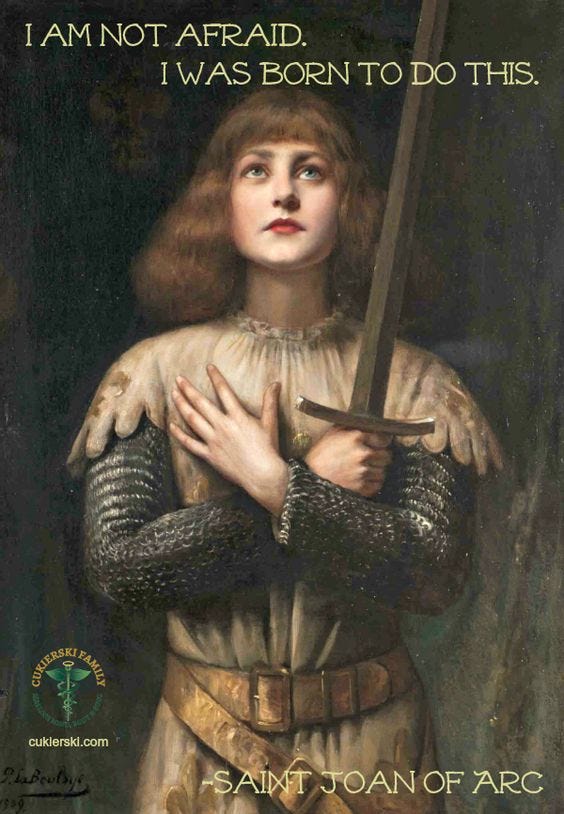I read with interest several years ago Steven Pressfield’s motivational books The War of Art and Turning Pro: Tap Your Inner Power and Create Your Life’s Work. They help artists of all stripes get serious about their work, to turn the corner from being mere dabblers, dilettantes, or “amateurs” as he calls them, to becoming true “professionals,” devoted entirely to their craft. I was in that wobbly stage with my writing and needed some inspiration in turning that corner.
One of the things that helped most in Turning Pro was the way he compared the artist with the addict. What he calls addictions are the mindless and mind-numbing pleasurable distractions, along with the self-doubts and fears and life-long bad habits that keep us from pursuing our art wholeheartedly. This could be what we normally think of as addictions–—drugs, sex, gambling, money, fame—-or include such things as web-surfing, working out, house-cleaning, pleasing others, a leisurely life-style, etc.
It’s amazing all the ways we resist devoting ourselves to the work we know we were meant to do.
My addictions, I discovered, were house-cleaning and people-pleasing, and plain old-fashioned procrastination (inspired by fear and doubt, no doubt). I somehow felt my writing took last place to everything else that needed doing. Only when my to-do list was complete did I feel I deserved time to write. Not so anymore.
I eventually learned how to shunt all that aside and put the writing first, as the dust-bunnies in the corner and the stack of folded laundry that needs putting away will attest.
Pressfield writes:
“Addictions” are not bad. They are simply the shadow forms of a more noble and exalted calling.
Addiction becomes a surrogate for our calling. We enact addiction instead of embracing the calling.
All addictions share, among other things, two prime qualities: (1) They embody repetition without progress; (2) They produce incapacity as a pay-off.
Both addicts and artists are dealing with the same material, which is the pain of being human and the struggle against self-sabotage.
Both artist and addict wrestle with the experience of exile. They share an acute, even excruciating sensitivity to the state of separation and isolation, and both actively seek a way to overcome it, to transcend it, or at least to make the pain go away.
The addict seeks to escape the pain of being human in one of two ways–by transcending it or by anesethetizing it. Borne aloft by powerful enough chemicals, we can almost, if we are lucky, glimpse the face of the Infinite. If that doesn’t work, we can always pass out. Both ways work. The pain goes away.
The artist takes a different tack. She tries to reach the upper realm not by chemicals but by labor and love.
Pressfild is calling all the “amateurs” of the world–-those of us stuck in our distracting, mind-numbing “addictions”–-to turn “pro.” Turning pro is a mind-set. It’s embracing our higher-calling, the work we feel defines us.
It’s not an ego thing. It’s devotional. And it’s humbling. He writes:
“When [the poet William] Blake said Eternity is in love with the creations of time, he was referring to those planes of pure potential, which are timeless, placeless, spaceless, but which long to bring their visions into being here, in this time-bound, space-defined world.
The artist is the servant of that intention, those angels, that Muse. The enemy of the artist is the small-time Ego, which begets Resistance, which is the dragon that guards the gold. That’s why an artist must be a warrior and, like all warriors, artists over time acquire modesty and humility . . . . They know they are not the source of the creations they bring into being. They only facilitate. They carry. They are the willing and skilled instruments of the gods and goddesses they serve.”
Annie Dillard also spoke of the artist in terms of the devotee and the warrior in her book The Writing Life:
Writing a first draft requires for the writer a peculiar internal state which ordinary life does not induce. If you were a Zulu warrior banging on your shield with your spear for a couple of hours . . . you might be able to prepare yourself to write. If you were an Aztec maiden who knew months in advance . . . the priests were going to throw you into a hot volcano, and if you spent those months undergoing a series of purification rituals . . . you might be ready to write. By how, if you are neither Zulu warrior nor Aztec maiden, do you prepare yourself, all alone, to enter an extraordinary state on an ordinary morning?
How set yourself spinning? Where is an edge—a dangerous edge—and where is the trail to the edge and the strength to climb it?
When I first read Pressfield’s and Dilliard’s books, I wasn’t quite there. I hadn’t yet reached that devotional state of mind. That single-purposed-ness. That edge.
While it’s anyone’s guess whether or not the writing I’m doing will be successful in the traditional sense, it’s almost beside the point now.
Mary Oliver asks at the end of one of her marvelous poems:
Tell me, what is it you plan to do with your one wild and precious life?
I’ve found my answer.





Thank you for this! I am happy that you have reached this state. It is inspiring for me.
Always a welcome breath of fresh air. To know one's not alone in this "pointless pursuit" of self is encouraging.